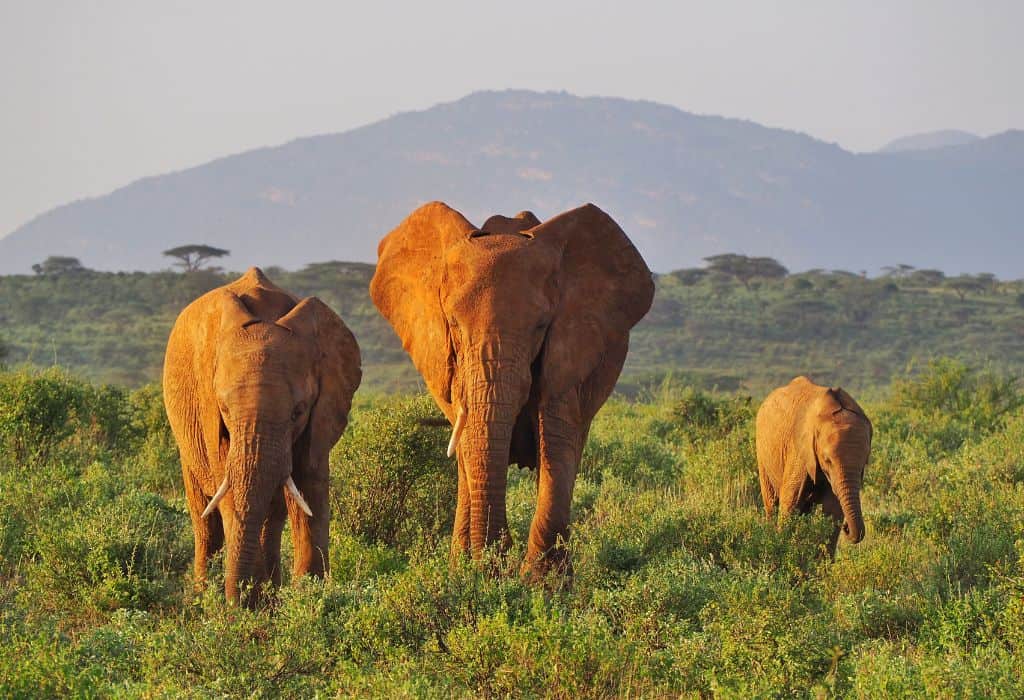- Despite the apparent benefits, there is growing concern that increased fees may create barriers for certain demographics of tourists.
Kenya's tourism industry has gained global recognition for its diverse offerings, including wildlife, culture, and breathtaking landscapes. However, recent dynamics in the industry have sparked debates about accessibility and sustainability.
The surge in park and museum fees has become a focal point, raising questions about its impact on both tourists and local communities.
Advocates of fee hikes argue that the additional revenue generated plays a crucial role in conserving Kenya's natural and cultural treasures. The funds are dedicated to important initiatives such as anti-poaching measures, habitat preservation, and historical site maintenance.
These fee increases can be seen as an investment in the longevity of Kenya's tourism industry, ensuring future generations can continue to enjoy the country's wonders.
Additionally, higher fees contribute to the local economy by creating employment opportunities and fostering economic growth in neighboring communities.
Read More
Despite the apparent benefits, there is growing concern that increased fees may create barriers for certain demographics of tourists.
Accessibility has been a key driver of Kenya's tourism success, and higher fees may deter budget-conscious travelers, students, and backpackers from experiencing the country's unique offerings.
There is also a risk of fostering an image of exclusivity, potentially limiting the diversity of tourists and impacting the industry's resilience in uncertain economic times.
Finding a balance between increased revenue and accessibility is essential for Kenyan authorities. This may involve implementing organized pricing structures, offering discounted rates for students or local residents, and exploring alternative revenue streams through partnerships with private enterprises.
Transparent communication about how the additional funds are utilized can also build trust among tourists and locals, highlighting the tangible benefits to conservation and community development.
Preserving Kenya's natural and cultural heritage is undeniably crucial, but it should not come at the expense of excluding segments of the population.
Striking the right balance between conservation requirements and accessibility is instrumental in ensuring Kenya remains a beacon for tourists while safeguarding its treasures for generations to come.
By considering the needs of both tourists and local communities, Kenya's tourism sector can navigate this dilemma and continue to thrive.












